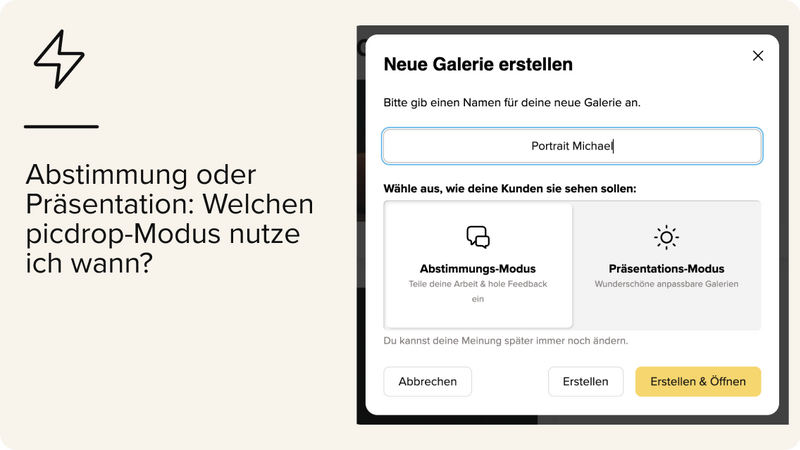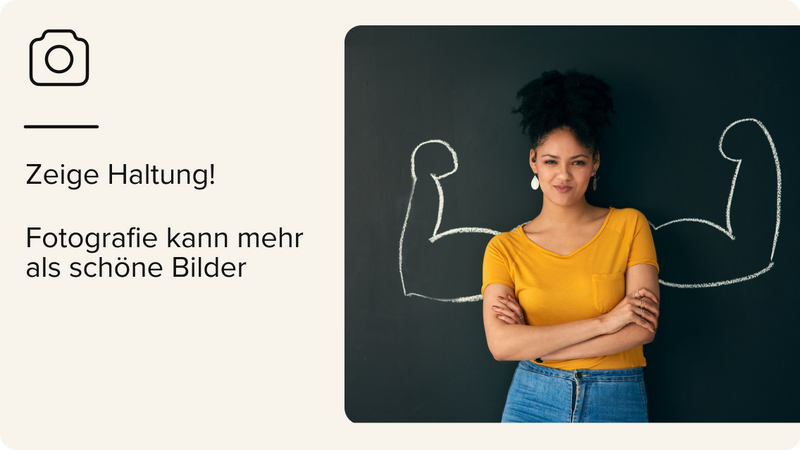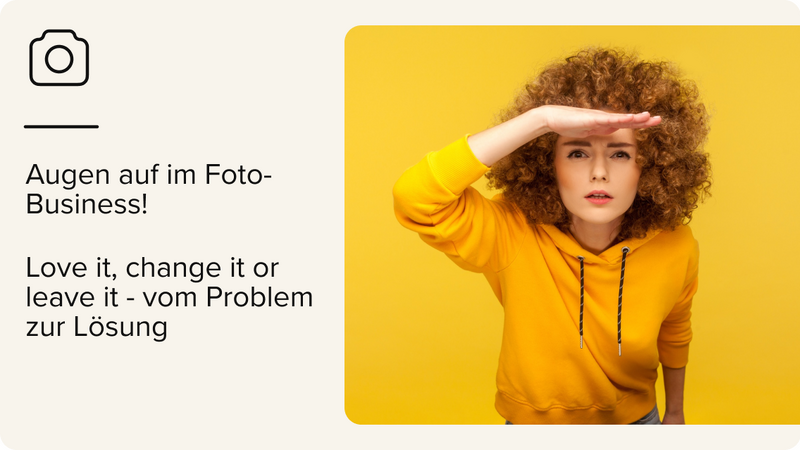Starting with photobooks: Zines
Photobook Reviews, Episode 5 – by Kate Schultze
Being interested in photobooks can quickly turn into an expensive hobby. The perfect way to get into the world of photographic storytelling and publishing is zines. Not only are they more affordable but because of that often you can come across more experimental projects and objects. Zine culture is an entire world in itself and deserves its own blog (there most definitely are many), but let me introduce you to four projects I came across recently I really enjoyed for now.
Sophie Stafford - New Western Bingo
Sophie is a photographer from Hull, currently based in London who focuses on exploring "narratives that center around the significance of safeguarding cultural heritage". In 2013 she photographed the people in the New Western Bingo hall, which opened in Leeds in 1964 and sadly burned down in 2016.
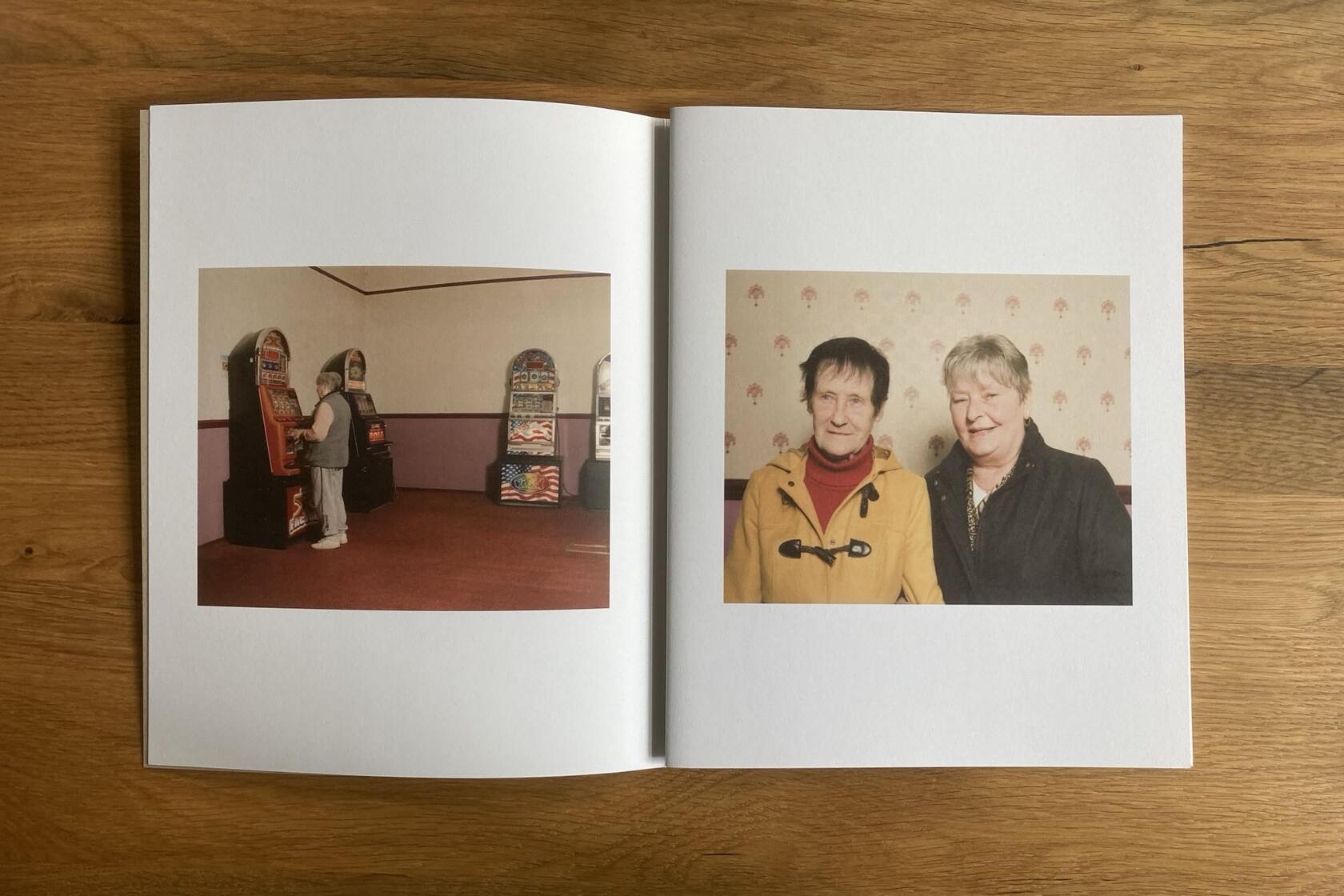
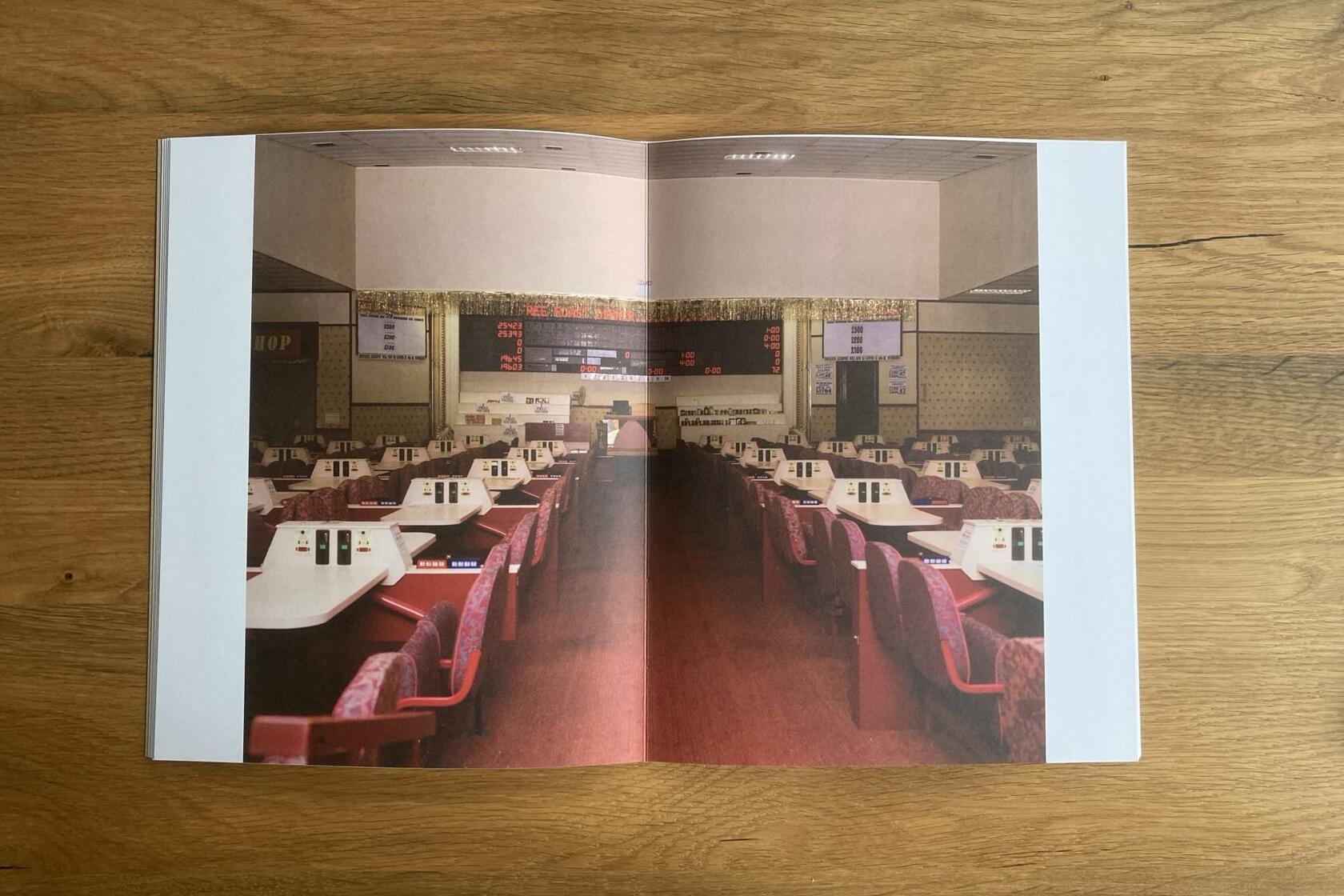
To me this project has a very classic documentary approach and highlights the significance of environmental portraits. The most interesting thing to me is the warm, yet bleak atmosphere she creates throughout the zine. The object is simple, folded pages put between heavy paper. A wonderful example of how minimal design supports the subject matter.
Bleak Fabulous is a collaborative project by the fashion photographer Clémetine Schneidermann and the filmmaker and creative director Charlotte James. Together they offer workshops in which adolescents in the Welsh village Merthyr learn skills in styling, sewing, photographing, and creative direction. A collaborative project between the two women and the young children evolves. Two publications came from this project, the first one Ffasiwn Magazine in 2019 and the second one Ffasiwn Magazine Spring Summer 24 in 2024.
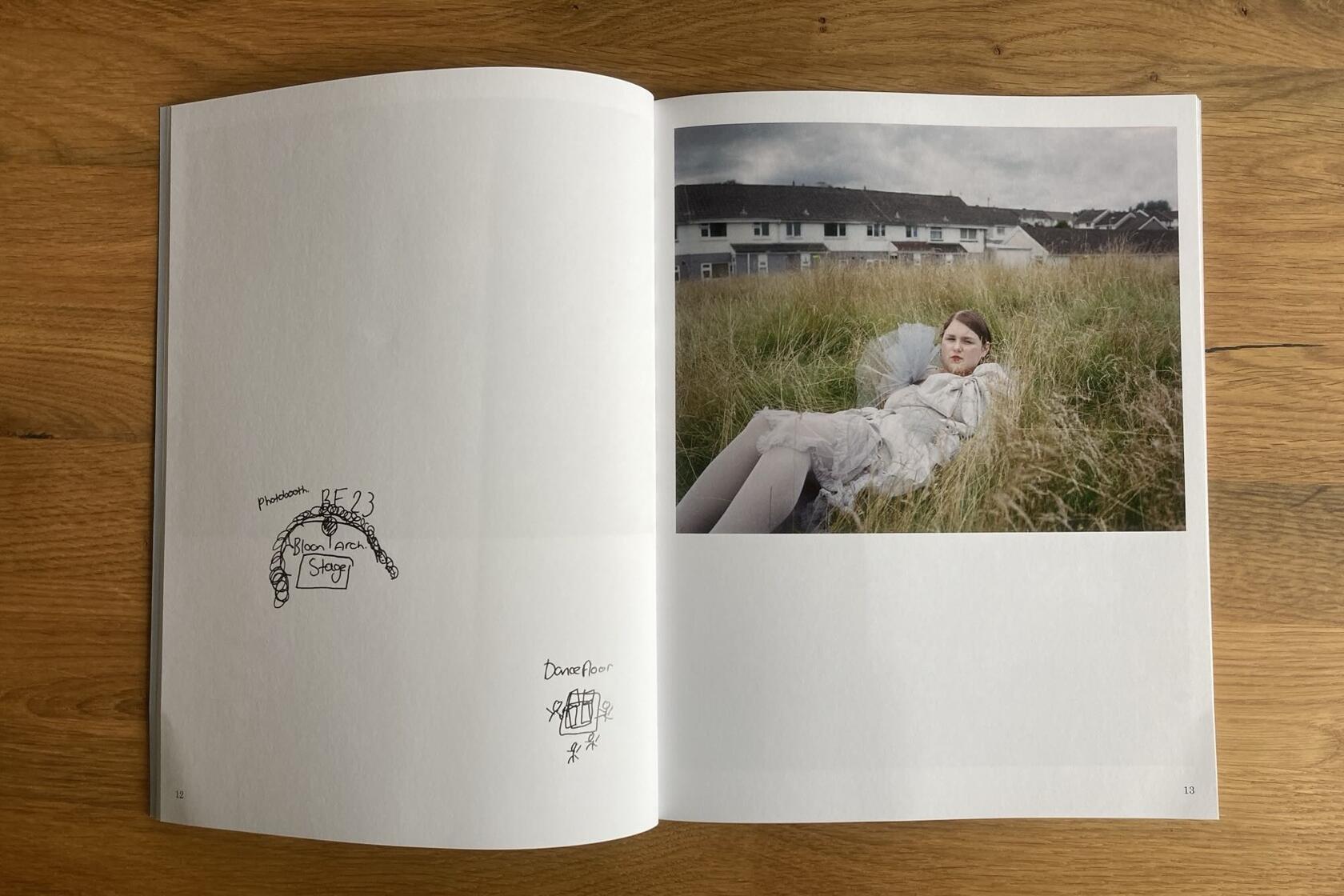
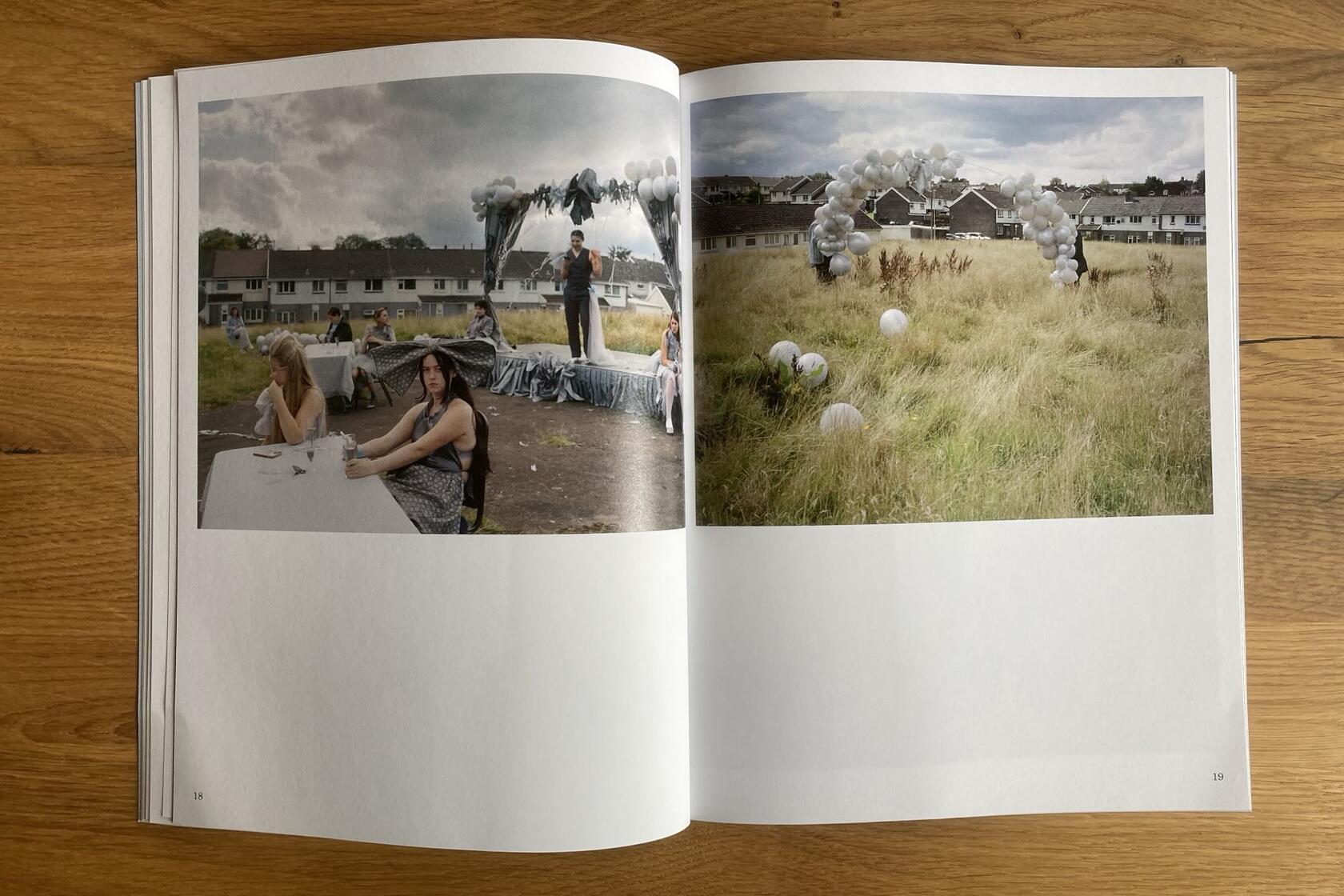
To me the mixture between fashion and documentary as well as the importance of collaboration and questioning of photographic performance make these zines incredibly special.
Seba Kurtis - Chemical Reaction
Some people draw conclusions on how serious a photographic project is based on the amount of images or size of the book. Seba Kurtis, an Argentinian photographer now based in Manchester, shows that this could not be further from the truth. His work Chemical Reaction uses press images and screenshots of nerve agent and chemical attacks.
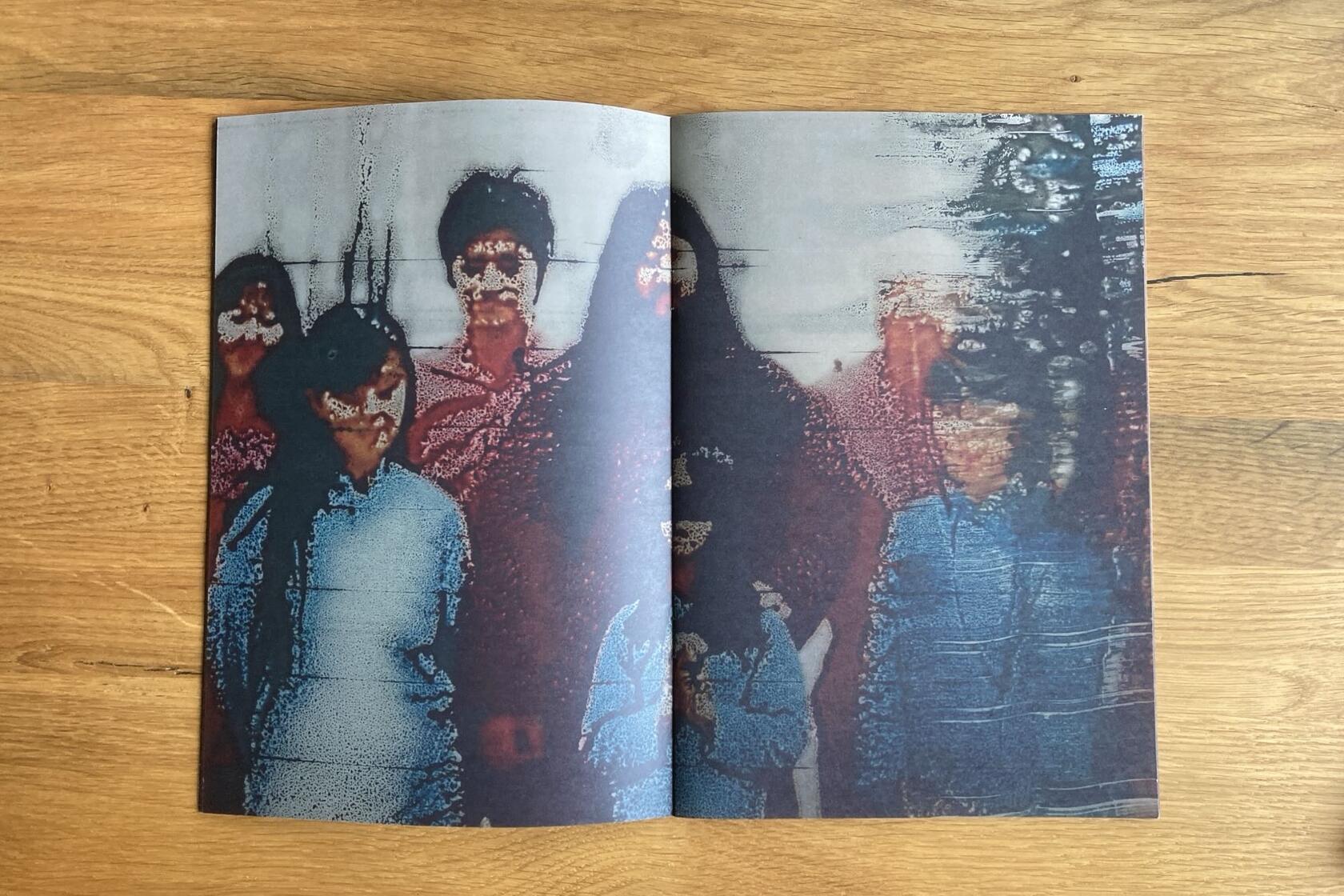
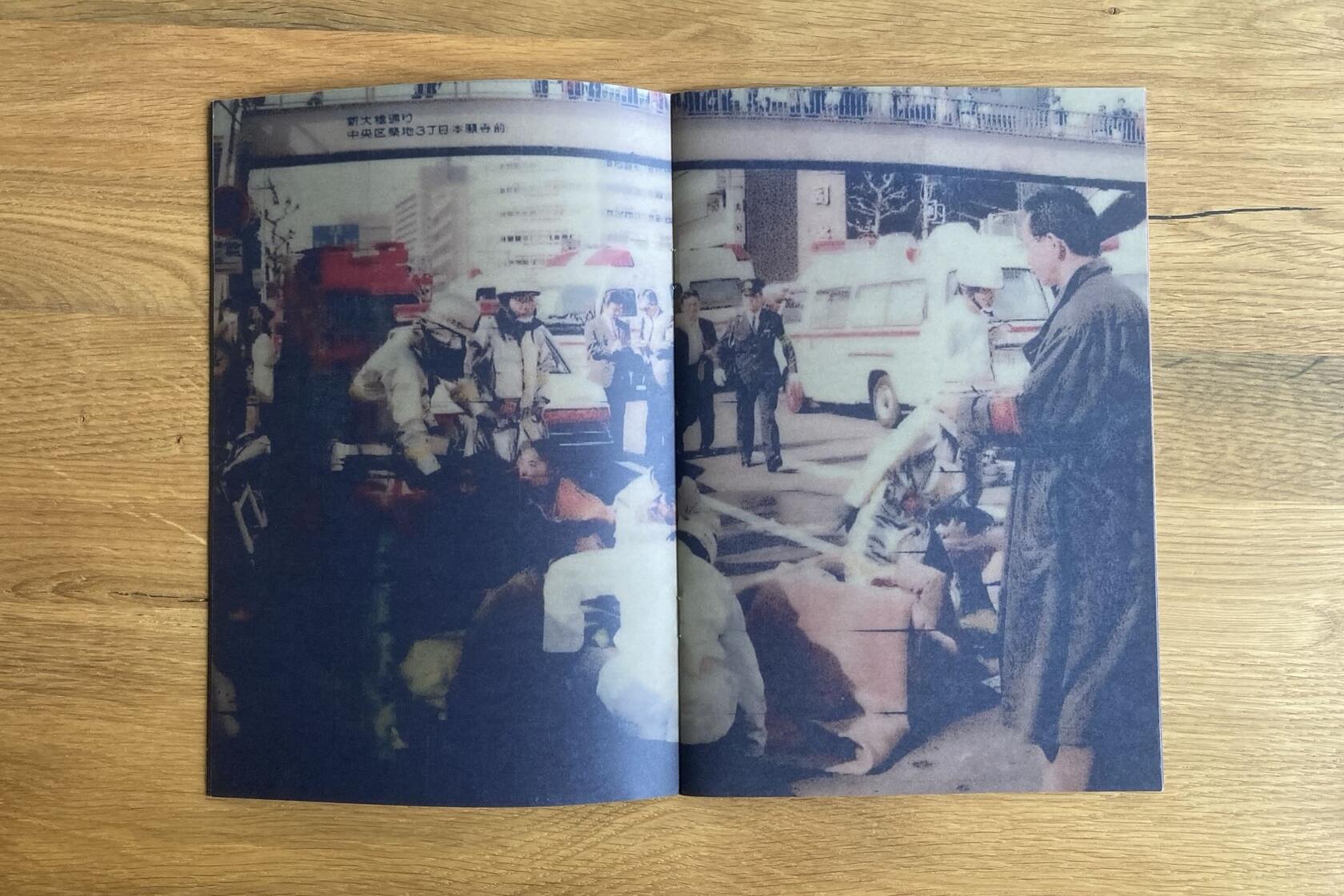
With the help of chemicals he altered the prints. “The pulled ink on the prints is like the slow dragging through time and the slow erasing of victims throughout history.” These images are described as showing the texture of suffering and memory. Even 16 pages are enough to bring across the important message of these photographs.

